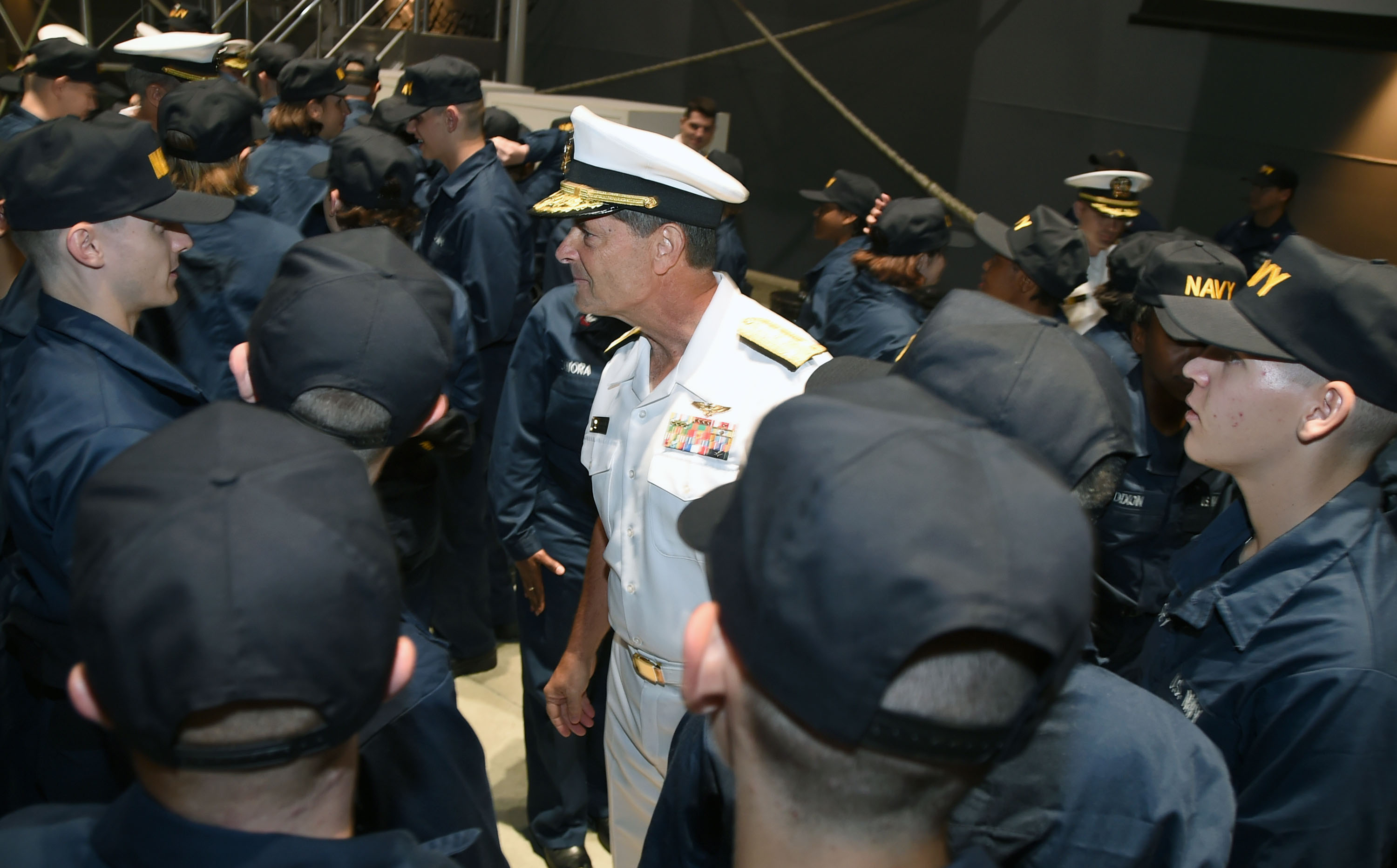
Employee retention is very much on the mind of the man whom a civilian organizational chart would label as the U.S. Navy’s head of human resources.
Vice Adm. Bill Moran— Deputy Chief of Naval Operations for Manpower, Personnel, Training and Education (N1)—in his 15 months on the job has seen signs of a looming sailor exodus that could be on par to retention woes following the Cold War and just before the terrorist attacks of Sept. 11, 2001.
“We’ve had historic retention levels for the last several years and with historic highs comes—at some point—a turn in the other direction,” Moran told USNI News in an extensive interview on Nov. 20.
“There are signs that we could be heading in that other direction.”
Perhaps the largest indicator warning Moran of future retention headaches is the falling U.S. unemployment rate—currently near a five-year low at 5.8 percent.
Moran—a 1981 Naval Academy literature major and a career P-3 Orion pilot—now is collecting ideas to make the Navy a job that can appeal to a younger generation of sailors and keep the best senior officers and enlisted personnel happy enough to stay.
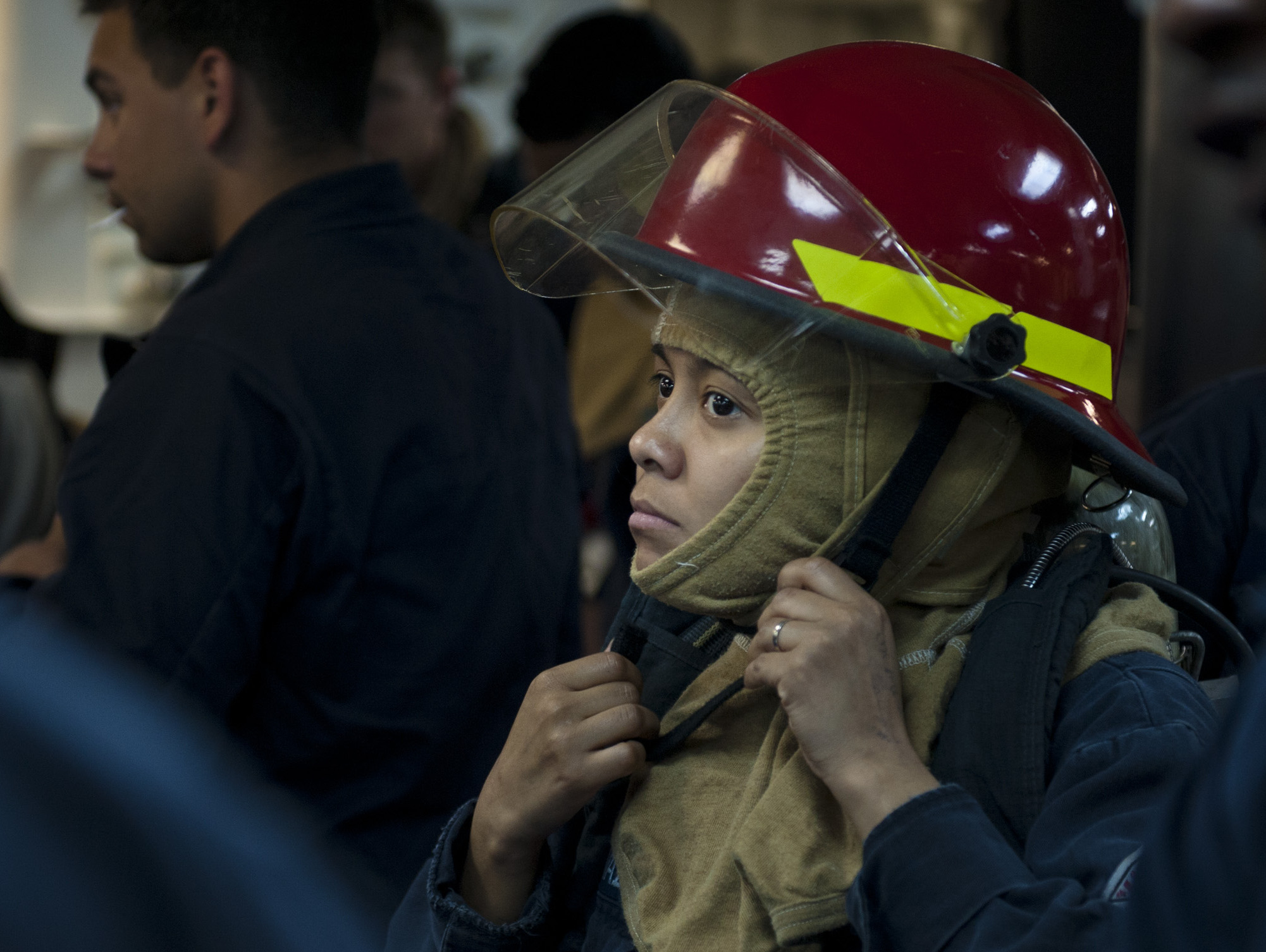
“I’m anxious to get more agility and flexibility in how we deal with those downturns, to go after our best people to try and keep the most technical capable and best performing folks to stay on our team,” he said.
His call to action was published in the most recent issue of Proceedings.
In addition to retention policy, Moran gave USNI News his take on Navy education policy, how Pentagon budget cuts effect sailors on the deck plates and what naval blogs he’s been reading since taking over N1.
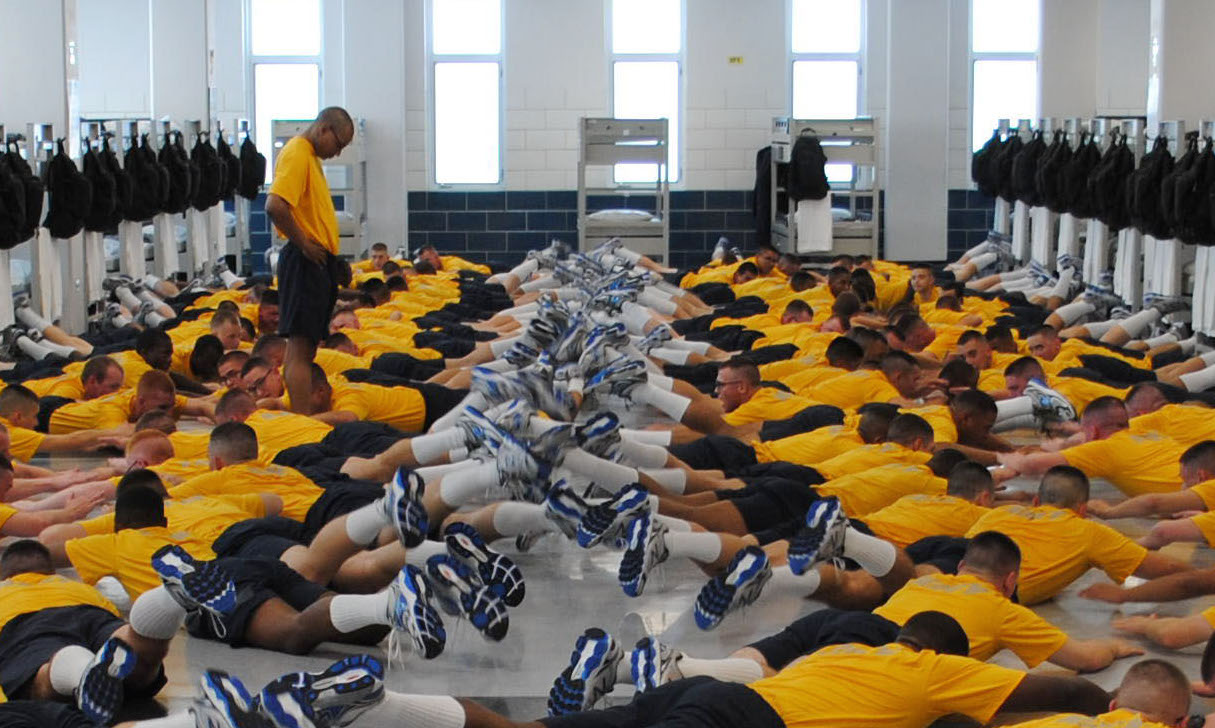
USNI News: At what point has the current retention situation been reflected in Navy history?
Moran: Part of the reason the hair on the back of my neck stands up in this job is I’ve lived through a couple of significant downturns.
One we all remember is the fall of the Berlin Wall and the end of the Cold War and the peace dividend that followed in the late 1980s and early ’90s, when our Navy began to drop by 40 percent or so.
The numbers are pretty staggering when I look back on it. I remember living through that as a junior officer and seriously questioning if I wanted to stay in a company that was downsizing and maybe [there weren’t the same] professional and personal rewards for staying on the team.
There were all kinds of ways to shed the people we needed to shed with that force-structure reduction. It was some voluntary and it was lot of involuntary, and it wasn’t a pretty time for any of the services, but certainly for the Navy.
Then I remembered distinctly as I was going to command—XO and CO—in 1998-99 and looking around at the struggles we were all having in meeting training and readiness missions—and watching a lot of good people decide to leave the company because they didn’t see the enjoyment that typically comes with being part of the military.
Frankly, 9/11 turned that around.
You know the rest of the story: Thirteen years of war, high [operational] tempo. Young men and women losing their lives, losing their limbs along the way. [Now] there’s a real question of not only fatigue inside the service but also the American public’s fatigue of being on this war footing
Over the past three or four years—as we’ve done the drawdown in Iraq and begun in Afghanistan—the Navy’s OP tempo has gone up. The president and national command authority want a force out there that can deter and strike as needed without having to surge more troops to put on the ground and that’s what you’re seeing play out right now: whether or not to augment that air power with boots on the ground is front and center.
That’s a long poetic waxing on why I look at it now and ask “Are we entering a phase where we’ve seen it before?” And the answer is yes.
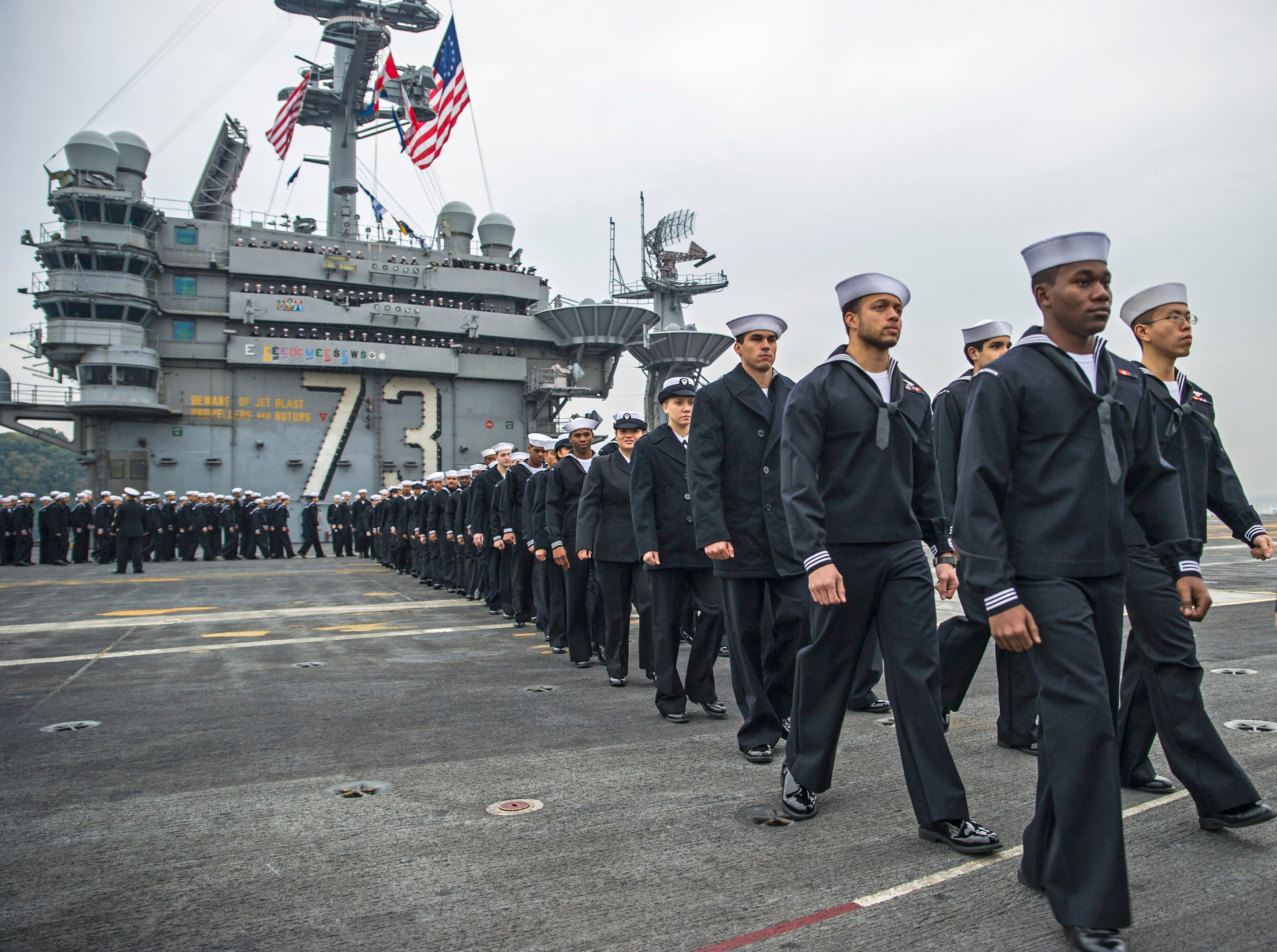
Post Cold War, pre 9/11. [In] both of those cases when you look at the economy, it was floating at around a 4 percent or just under 4 percent unemployment rate. It’s a real danger area when you have a fully employed public.
However, there are mixed signals today as to whether the unemployment rate is a true reflection of the unemployment because of under-participation by those who could be employed but who have taken themselves out of the job market since the rescession hit.
Whether those people are starting to come back in or starting to see wage improvements across the civilian sector—those are the key indicators I’m looking at now to try and figure out how steep the recover might be and therefore how steep our drop in retention might be, because historically they follow each other.
USNI News: How closely do you pay attention to civilian unemployment rates? Who does it in N1? Do you check those numbers daily, monthly, quarterly?
Moran: If you talked to my folks—the small team that I have over there—they will probably complain that I’m asking all the time because it’s never satisfying.
We don’t have great forecasting, and I don’t think that’s unique to the Navy.
I just don’t think we can see with any clarity what’s coming. We do really well looking behind: “Yup, we had a decline in retention and the unemployment rate fell.”
What we don’t have are the clear signals of when it’s going to occur. I have an economist now working for me and he understands that . . . [we should know] where this storm is heading, when we think it will come to shore, what’s the intensity level and what can we do to prepare and have policy?
This goes back to [identifying] what polices we need to have in our quiver to be able to attack retention in sectors that will really hurt the Navy if we aren’t smart about it.
USNI News: Are there jobs in the Navy historically that are difficult to fill or are there different priorities following the Cold War and Sept. 11, 2001?
Moran: The [pattern of] airline hiring, airline potential growth and the expansion of their markets is right on the doorstep again. I’m worried about that.
I do pay a lot of attention to what we’re seeing in retention of our department-head level and post command, command-level aviators who have the experience and the backgrounds that airlines would just love to pick up.
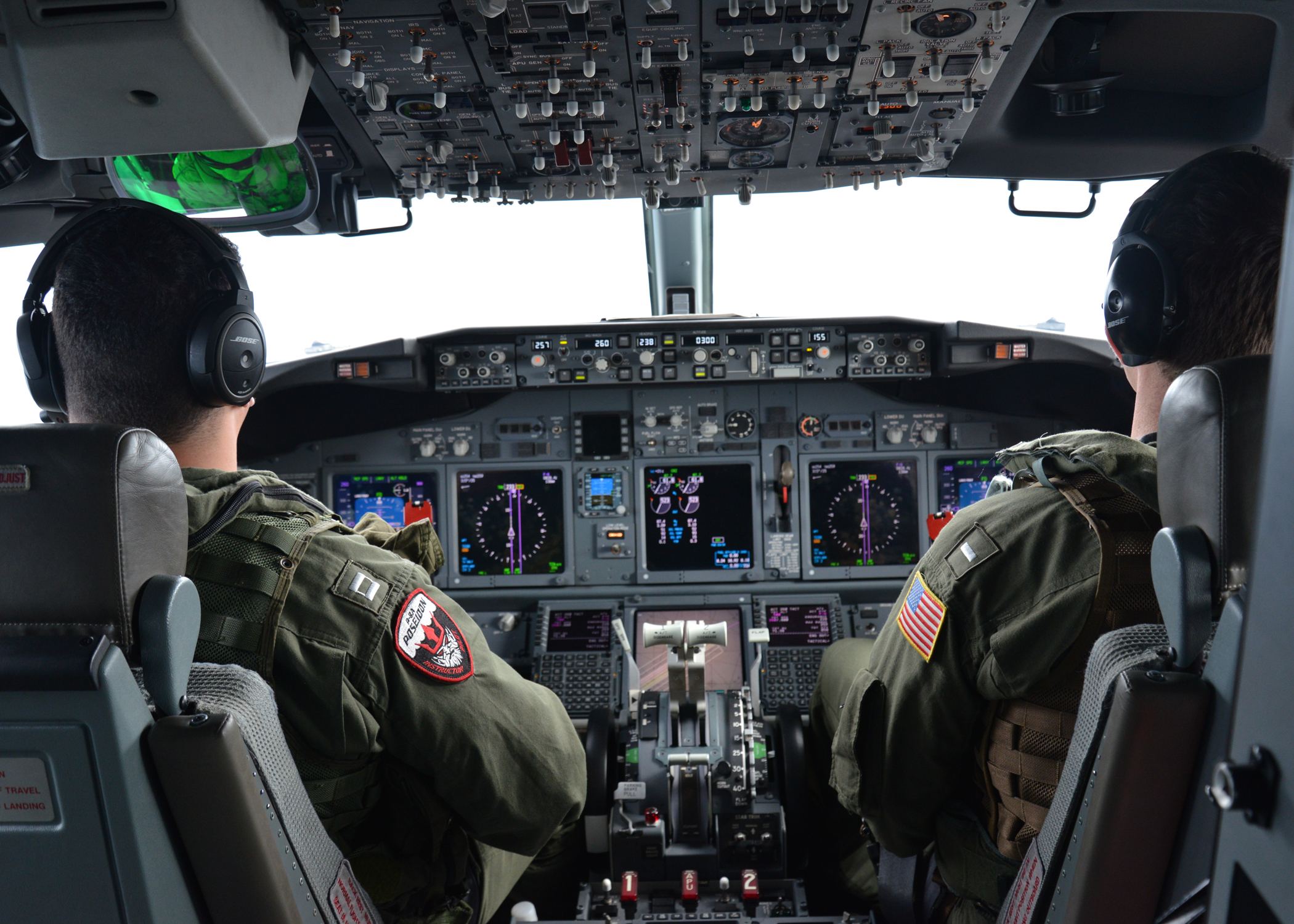
I still think the jury is still out on how rapidly that market expands, but there’s no question the number of retirements coming out of [airline pilots from] the Vietnam era [is up] and several years ago they shifted the retirement age to 65 for airline pilots. That cohort of folks is getting out. That’s going to create a vacuum and the military has typically filled that vacuum.
USNI News: So aviators, some say nukes too, are hard for the Navy to hang on to. Is there a top five list of jobs you’re always going to have a hard time filling?
Moran: I wouldn’t couch it by saying these are ones we have a hard time filling, I would couch it [by saying these] are canaries in the coalmine. These are the ones that when retention starts to get tougher than historic norms [if they leave] it’s a pretty good sign that the retention downturn is hitting us.
Aviation, yes, but before that is the nuke force both in the submarine force, and more important, the surface nuclear force—junior officers and enlisted who work our plants in the carriers. That’s a really tough occupation.
While we pay them quite well—in terms of bonuses—the lifestyle is very tough. When you add in how hard we’ve been running carriers in the deployment cycle, it’s even tougher.
On the enlisted front, anybody dealing in the cyber domain or IT domain, we’ve had trouble retaining high-quality folks in those ratings over the past five years because of the growth in industry.
We’re starting to see that flatten a bit . . . but we’re watching that pretty closely.
We’re certainly watching retention in EOD (Explosive Ordnance Disposal), SEALs and other Special Forces (SOF).
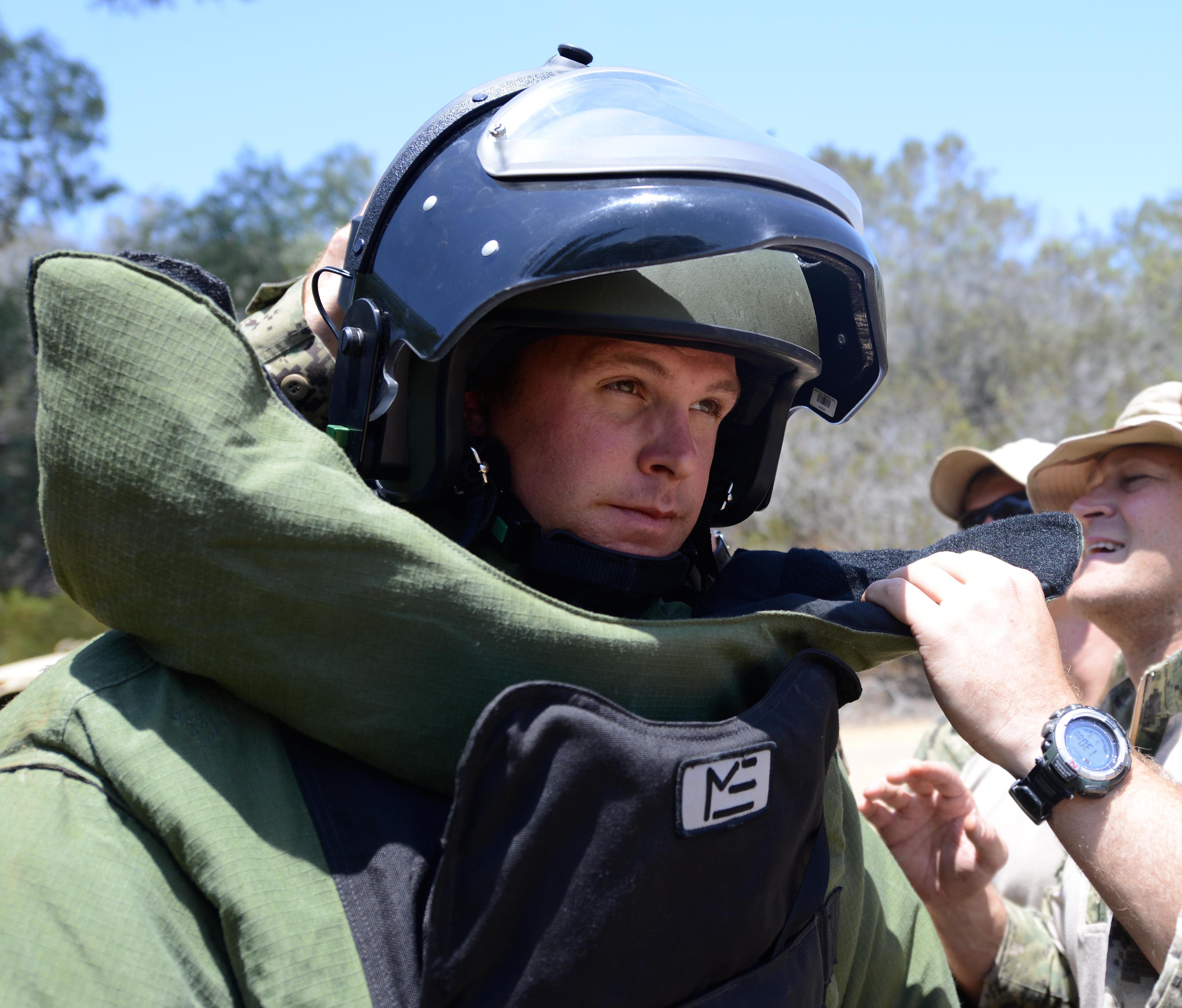
Those are groups that have been ridden hard for the past 13 years. That’s of concern because they look down the road and say, “Boy, we may be off the larger footing in Iraq and Afghanistan but our services are going to be continued to be required for as far into the future as we can see. Where’s the break? I’m not sure that’s coming.”
There’s a few others sprinkled here and there but they’re not as dramatic.
USNI News: If you look at those canaries as indicative of retention levels of the rest of the force, are you seeing more surface nukes getting out, more aviators getting out, more SEALs getting out?
Moran: Let’s start with SEALs and EOD. We’re seeing the senior leaders starting to retire earlier than they have in the past. I think that’s in recognition of how hard they’ve fought for the last 13 years. Lots of deployments, lots of time away from family.
It’s not necessarily a big problem except there’s a lot of combat experience that’s walking out the door that we don’t want to lose.
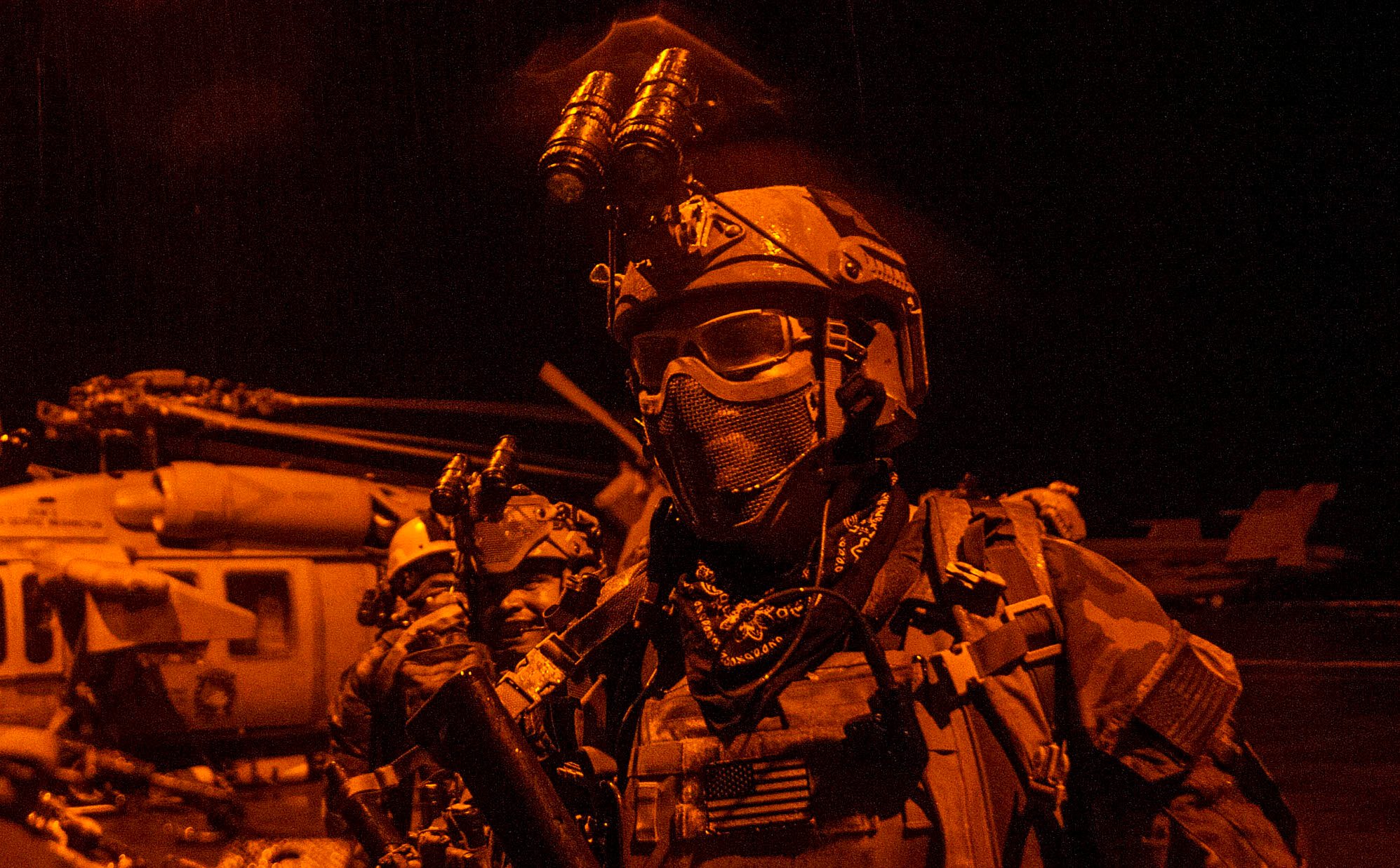
On the junior side of both of those communities the recruitment and retention is pretty strong because of all of the publicity those communities have gotten. We’ve got a lot of folks interested in coming into that line of work.
On the aviation side [there’s] not too much trouble yet on retention. The one bubble we’ve seen here in the last couple of years is retaining . . . those coming right out of command and reaching their 20-year mark.
Rather than sticking around and competing for captain and follow-on command opportunities . . . [they’re] retiring earlier than we’d like. We’ve recently reestablished a bonus for those guys to help incentivize them to stay around.
The surface nuke community is clearly the most challenging in terms of keeping the junior officers and experienced enlisted nukes in.
We’re doing a lot on that front. I’m out here in San Diego to talk to Vice Adm. [Thomas] Rowden, who is a surface nuke himself—the senior surface nuke in the Navy. He and I have spoken in the past about what we can do to adjust the career path to give them more time to regroup in between those tours.
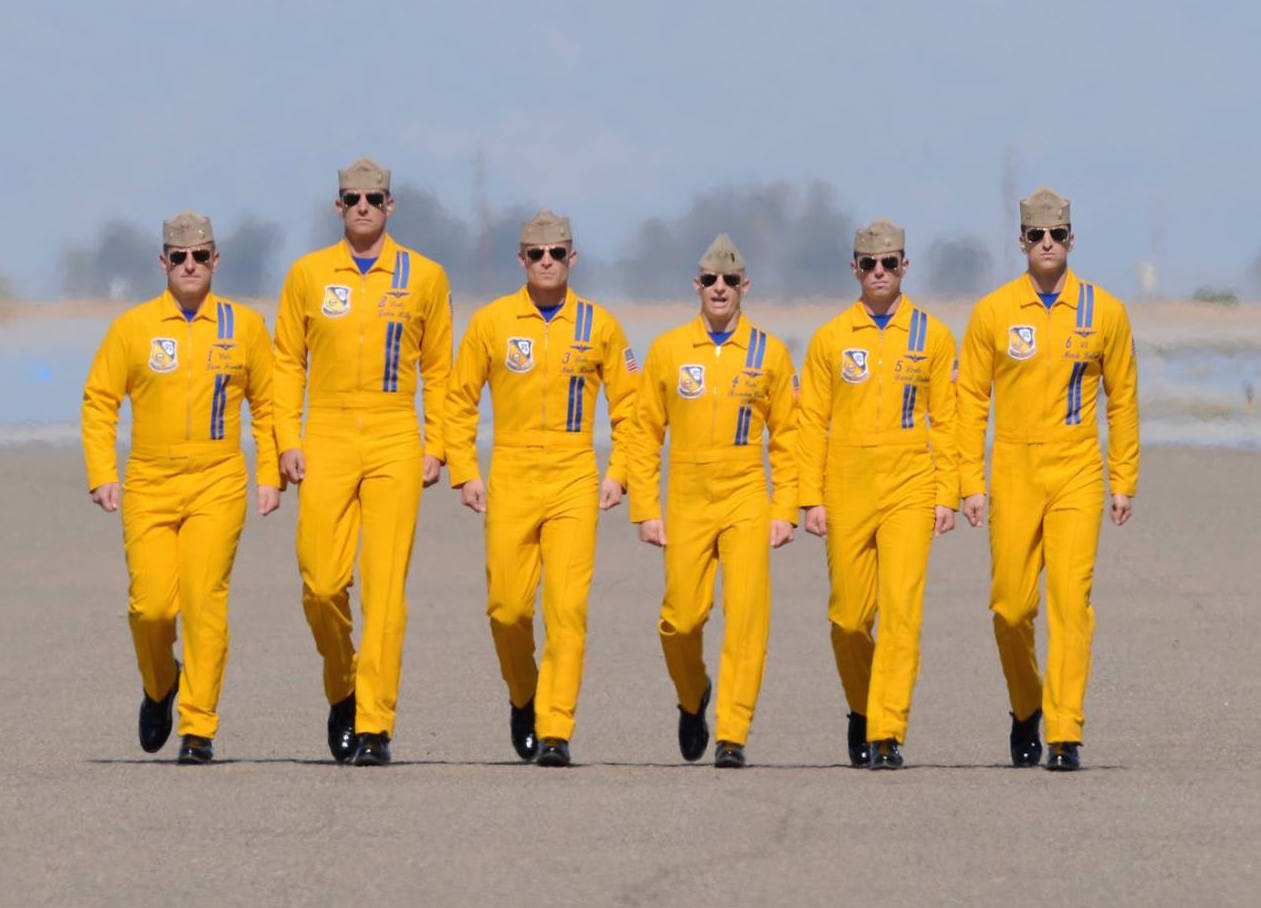
USNI News:In your Proceedings piece, there’s a line in your introduction that reads, “This is an opportune moment for bold action.” Why do you think that?
Moran: The Navy is growing a little bit over the next five years in our budget because of force structure changes, putting in more ships and cyber capabilities.
We’re in a position to work these issues right now because we’re stable. If you’re in a downsizing market it’s very difficult to argue for more tools to keep people when you’re trying to shed people.
When you look at post-Cold War and pre-Sept. 11, 2001, we were trying to shed people—not trying to keep people. There’s no incentive for the institution to figure out how to keep the best talent.
You’re always up against the bureaucracy and the laws and statutes of personnel policy that haven’t changed significantly since World War II.
Why now?
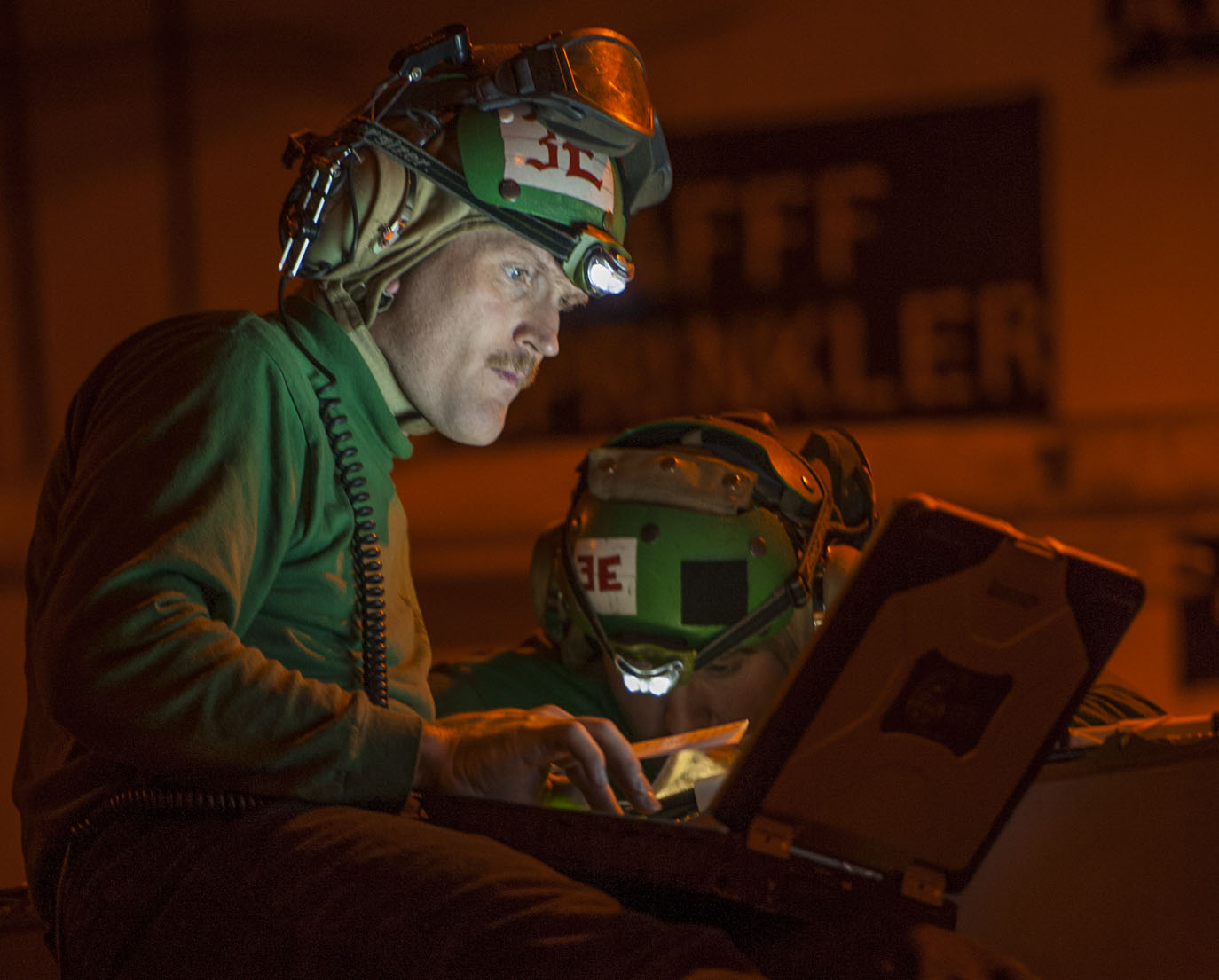
One, we’re stable and we can implement some of these polices in a stable environment for the Navy and the other services will cheer us on because when they start to pull out from their downsizing and level off, they’re going to want those same tools.
Two, because of all of the debate in the last couple of years of pay and compensation: “People cost to much, the cost of people keeps going up, we’ve got to adjust pay and compensation, and we need to redo the retirement system.”
If you do any of those things in a vacuum and don’t consider how you manage people inside that system, then I think you’re not getting the whole picture, and I would hate for us to . . . change the law on pay and compensation without really considering what personnel policies could effected by those changes.
USNI News:In the Proceedings piece there are some hints of potential new directions for Navy personnel policy. What’s the first thing you want to get done?
Moran: The piece is really intended to generate greater debate and discussion. I think it would be presumptuous of me to think that I had all the answers. I don’t.
There are certainly a lot of unintended consequences and third-order effects in anything in manpower. I’ve learned that over the past 15 months. But I don’t want wait to have the discussion until we get to perfection.
There are some things I want to do right away and I’ve asked for. We’re working this with OSD (Office of the Secretary of Defense) and working with members of the subcommittees that deal with personnel policy.
There’s a law on the books that allows us to have a career intermission program. . . . It was established five or six years ago and allows the services to allow a small number of folks—40 a year in the Navy, men, women, officers and enlisted—to apply for a sabbatical for one to three years and owe two-for-one on the back side [one year sabbatical equals two more years of service].
That sabbatical can be used for anything. Most have taken it to start a family, take care of a parent, get a masters or bachelors degree or get another job and decide whether they want to fully commit to a career in the Navy or not.
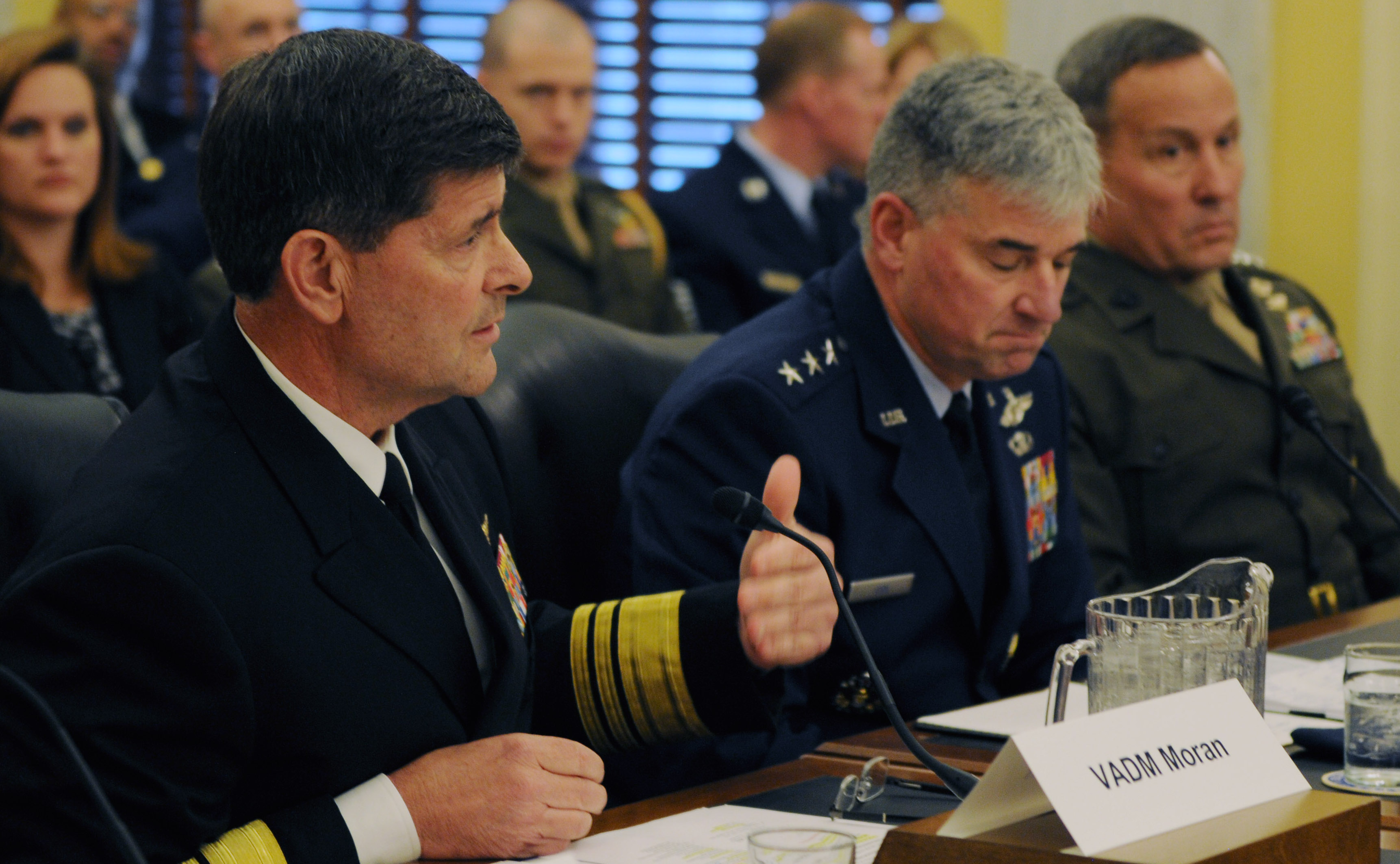
If they went out for two years, we’d drop them two years in year group so they’re not penalized for not being with their peers for career options.
That’s worked well for the Navy so far. . . . But it’s not widely known in the Navy because we don’t widely advertise it; we don’t have a lot of [slots] and I don’t want to set expectations so high.
We put an amendment in [to Congress] to relieve the pressure on the authority levels to give it to the service secretaries to determine how big the program could be.
[The sabbatical program] is an example of how you could manage people differently, especially this generation—we’ll call them millennials for lack of a better term—which likes to move in and out of experiences, likes to move in and out of careers to test the market against the world and determine where they want to be. But they’d also like to have a place to come back to.
We can’t do that in the Navy outside of this program—and only in very small numbers.
USNI News: Any other ideas beyond the sabbaticals?
Moran: I also talk about people moving from [active commissions] to [reserve commissions] and back.
Being able to use the RC as a surge tank for people to leave the active force for much the same reasons [as the sabbatical program] and they come back to us maybe with better experience, better educated, certainly more mature.
I’m the eternal optimist. The people who will come back will have motivations that are pure and they want to continue to serve their country—yet we don’t have that option today.
Those are a couple of examples, but they’re limited because of the scope and I think if we have greater authority in the near term we could expand this to see if there’s some “there” behind it.

USNI News: There was a Navy plan this year to change the mix of the ROTC scholarships that would have reduced funding for liberal arts majors and fully fund just engineering and science scholarships for ROTC midshipmen. The plan was back-burnered by Secretary of the Navy Ray Mabus, but the proposal feeds into the larger narrative of what role science, technology, engineering and mathematic (STEM) education plays in the Navy. What balance does the Navy need in officer corps of STEM vice liberal arts vice international relations? Where are you in that debate?
Moran: I’m an English major and I don’t like to see the calculus shift too much in the direction of STEM and I’ll tell you why. That is a personal opinion and it’s not an official position.
Part of the debate [over the scholarship mix] came out of budget decisions and trying to understand how we could afford to keep ROTC alive and still meet our requirements for things like nuclear power, test pilots and nuclear engineers on carriers.
There are plenty of people who could argue that you have to have some large percentage of input to your system from the STEM world in order to get the output of the right number of folks for the long term.
This goes back on how you determine what the best leadership talents are. Is it just people with an engineering background who can think critically? Who can make tough decisions with all the facts laid in front of them?
I voraciously eat up just about every book I can read about the [prisoner of war] experience in Vietnam. One of the things that comes out of [those stories]—maybe I’m biased because I read so much of it—is the [type of] leadership of guys like Jim Stockdale and Bill Lawrence.
Stockdale—who was really a humanities, psychology, and philosophy student in his day—got himself, and got a lot of other guys, through that experience based on his education.
That’s not to say that we should be building people to be great POWs. That’s to say that we need to build people who can think critically about multiple aspects of leadership and the technologies that they are employing. It’s finding the right balance of that talent.
The goodness of the debate we had this past spring, when that idea was floated, was that people came out strongly on both sides and now we’re able to have a little bit better assessment of what the right balance should be.
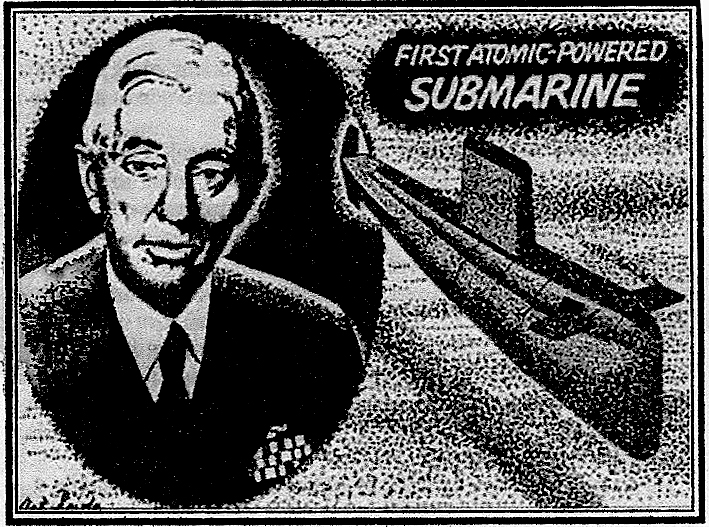
USNI News: There’s a belief the current balance in Navy education goes back to the era of Adm. Hyman Rickover: the idea the top folks in ROTC and the Naval Academy should routed into nuclear billets and everyone else can just figure it out. Is getting these officers to the reactors the No. 1 Navy education priority and does everyone else have to just figure it out?
Moran: Certainly we need the talent training and education to be able to man and operate our plants and our submarines. As I said, you bring is X number to make another number over time. That pyramid structure is pretty much understood.
Not to overuse the analogy, but the core of this manpower/reactor issue is you have to be able to bring in that skill set.
You certainly couldn’t go the other way. You couldn’t bring in far more non-STEM majors and still make your nuclear engineer requirement.
I think I understand that argument, but there’s nothing I do on a daily basis that is focused on saying leadership from that STEM input is what’s driving the pyramid for our flag wardroom or our senior O-6 wardroom. That’s all about performance in the job you’re in—not your academic profile or background.
USNI News: What’s the status of operations and maintenance personnel under the current budget environment?
Moran: We’re not under sequestration today but we suffered under sequestration in 2013. We had a bit of a reprieve in 2014 and 2015 from Congress but we revert right back to sequestration levels on Jan. 1, 2016 if nothing is done by Congress to accommodate the limits that sequestration puts us in.
That said, the effects of 2013 and the drawdown in manning and manpower for our ship maintenance facilities, our aircraft depots, our training and operations, were that we had to throttle back at home in order to keep the boats deployed and fully funded so they can do what they had to do.

That has an affect over time that is very difficult to recover from. We’re still in a recovery phase in 2013 in aircraft maintenance, on ship maintenance, on nuclear maintenance. All of those things take time to recover from.
We’ve had a pretty good year in resetting the maintenance backlog—surface ships especially—and trying to get the shipyards back to a level where they’re being effective and efficient.
If we don’t fix the maintenance piece, it’s very hard to stay on stable predictable deployment schedules in the future. That’s a principal focus of [Naval Sea Systems Command and Chief of Naval Operations Adm. Jonathan Greenert] to get that right.
I’m hopeful that members of Congress are reminded that the people who [sequestration] affect the most are our junior sailors. They eventually take on the biggest burden because we can’t afford to train them as well as we could to get them the experience that they should be getting and it’s very hard to buy that back.
USNI News: There was a recent independent retention study—led by members of the naval aviation community—that highlighted concerns in the service. It seems that N1 has a pretty good idea of who they’re keeping and who they need and who they’re letting go. Are efforts such as an independent retention study helpful?
Moran: Yeah, I would couch it this way: Any effort that opens up the dialogue between senior leadership—and I’ll throw myself into that category—and our larger workforce—junior officers, commanding officers, senior enlisted—I welcome in whatever way we can get at it.
You can do it in this semi-official way, the way [Cmdr.] Guy Snodgrass and his team did, or you can let it run wild on the blogosphere and try to pick the chaff from the wheat.
I found [the study] useful and I encouraged Guy do whatever he could to give us as much information in making decisions about the future.
There’s been a lot of debate about the methodology, the questions, who really took the survey, and who really answered the survey, and was it broad enough.
I just look at it as another bit of information I add to the multiple surveys we do, what we read about in the blogs and what we hear about in different forums and then—ultimately—when I’m on the road and look at sailors in eye and have a good conversation with them.
I think we get very good feedback from anecdotal information, from real world conversations, to surveys, to blogs, to this type of work from Guy and others.
USNI News: Which blogs do you read?
Moran: Oh, man! Should I even go there?
Actually [N1 Public Affairs], scours the blogs and sends me links to ones from which he sees some areas to harvest good ideas. I’ve been on [CDR Salamander] a couple of times, I watch that from time to time. I don’t want to leave you with the impression that I spend a good part of my day on these things—but when there’s one [the Public Affairs team] says, “Hey, you probably should take a look at this,” [I’ll take a look at it].
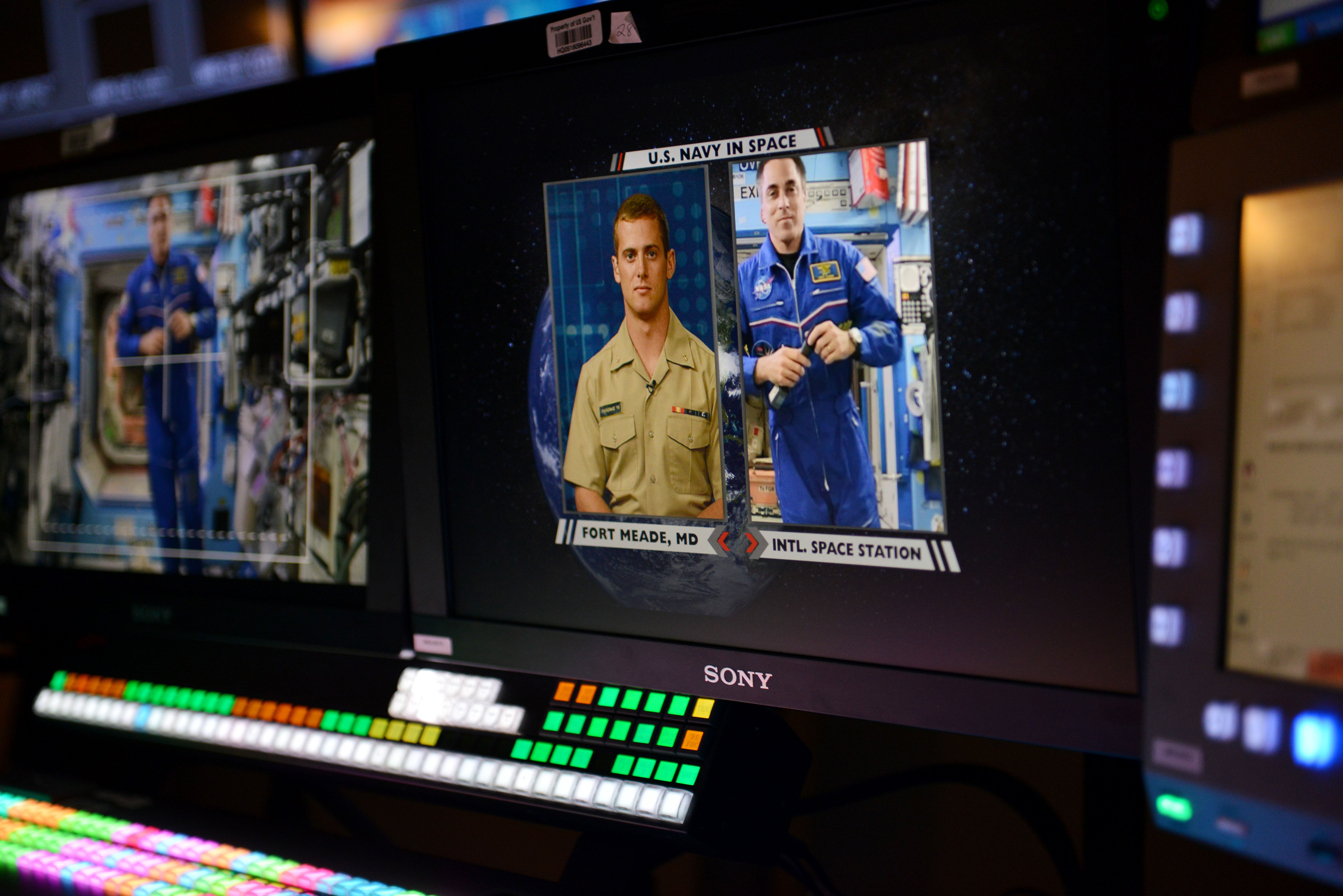
I tell them to bring me the criticisms, don’t bring me—and there isn’t much of it—praise. I want to see where the criticism is and see what’s making people’s heads hurt.
I have become somewhat of a believer that in the blogosphere you’ll get a lot of the critics and rarely do you get people that are as thoughtful.
But still the [blogs] are data points for me to make sure we’re addressing some of that criticism.
USNI News: Is there a piece, or pieces, of criticism that pops up more than others?
Moran: Oh yeah, it’s the same criticism I had when I was a J.O.—we’re too damn slow.
We can’t seem to make a decision and move policy along fast enough. That’s a function of the bureaucracy we have. It’s also a function of the conservative nature of our work.
To make sure we completely understand second- and third-order effects of any decision and then there’s the money aspect. There are laws and restrictions on how we can use certain pipes of money. It takes time.
It’s frustrating to everyone, including me. It’s frustrating to CNO and SECNAV.
USNI News:Are there new problems you’re hearing about that weren’t around when you were a J.O.?
Moran:Yeah—specifically from the enlisted side. Over the past five to seven years the unpredictability of deployments have been the most frustrating aspect for the sailors’ life and their family lives.
They don’t know when they’re coming home. . . . There’s [several carrier strike groups] we’ve [deployed quickly] over the past several years—all for great reasons when the world had a vote and we need striking power to be there or a deterrent force to be there.
It frustrates the sailors not having a little bit more predictability when they’re home and when they’re coming home from the deployment. That is number one on most people’s minds when we talk to them.
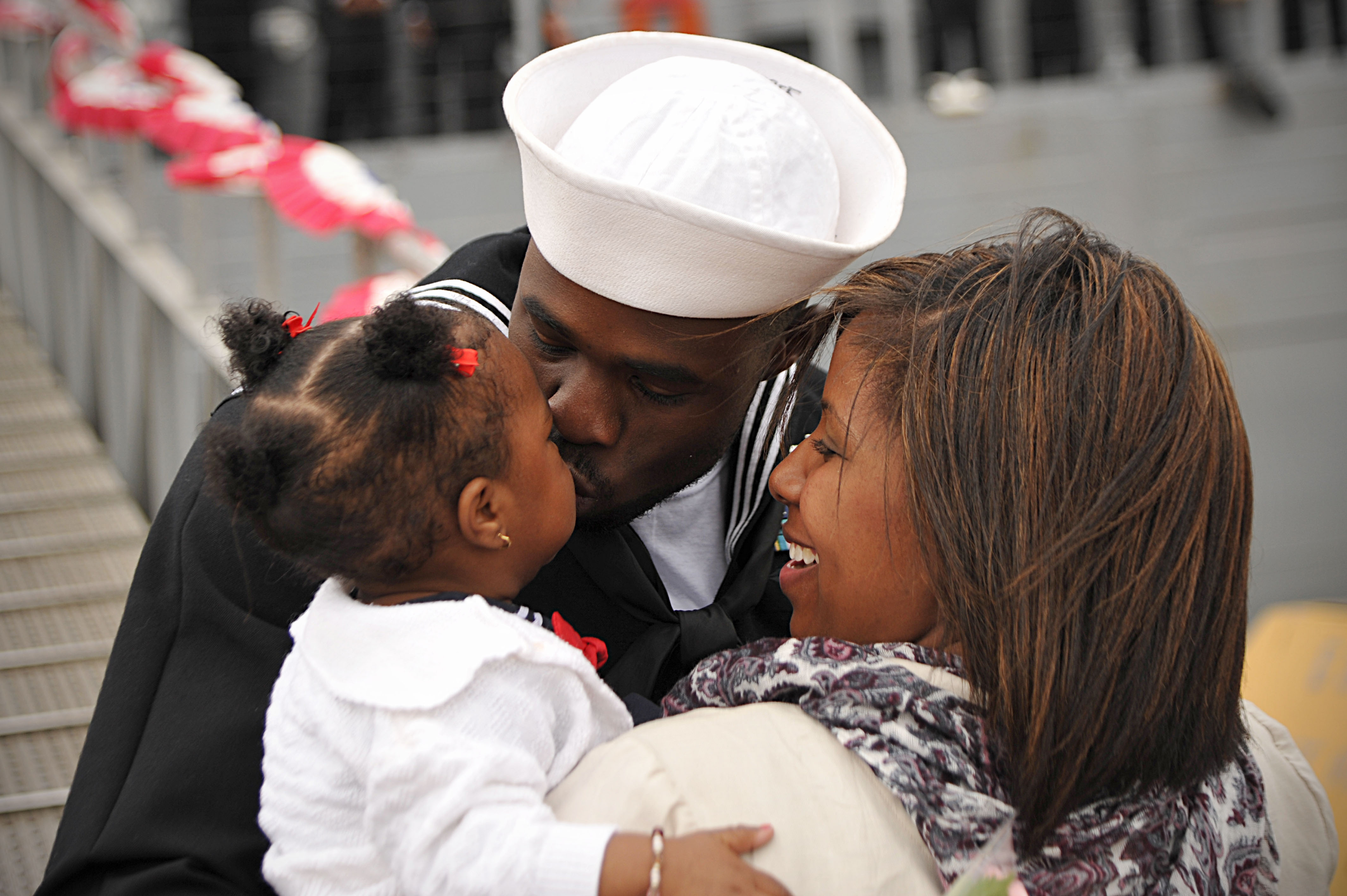
On the officer side, the interesting aspect of [Snodgrass’] white paper and dialogue that we’ve had subsequent to that for the better part of a year now, has been: “Why am I being managed by my year group? Why do I have to stay in line if I have a desire to move in this direction faster or I see an opportunity to separate my year group from my spouse’s year group, for example, and other methods they find maddening [in which they] have to wait their turn, if you will.
I get that. I really do.
We’re going to need to get some relief from Congress on how we manage people if we truly want to be able manage people based on their skills and their experience and their talent and their desire to stay.





